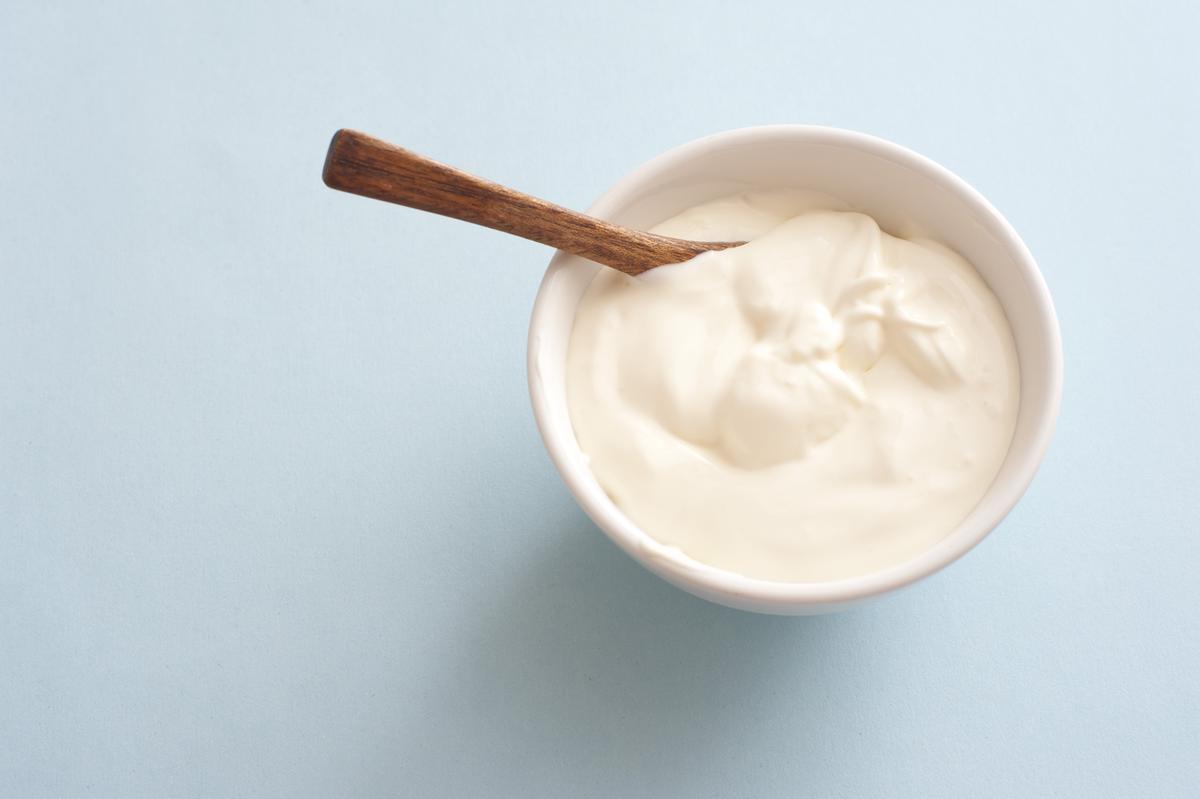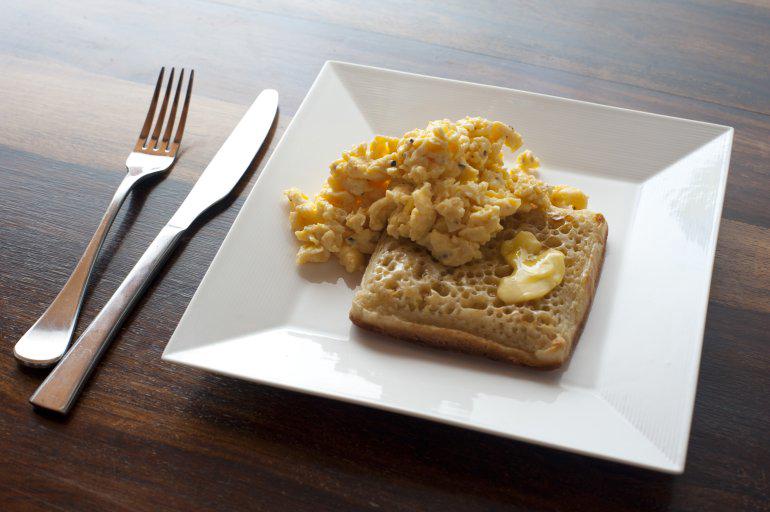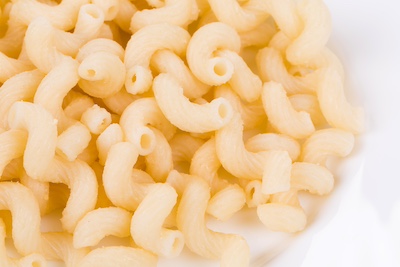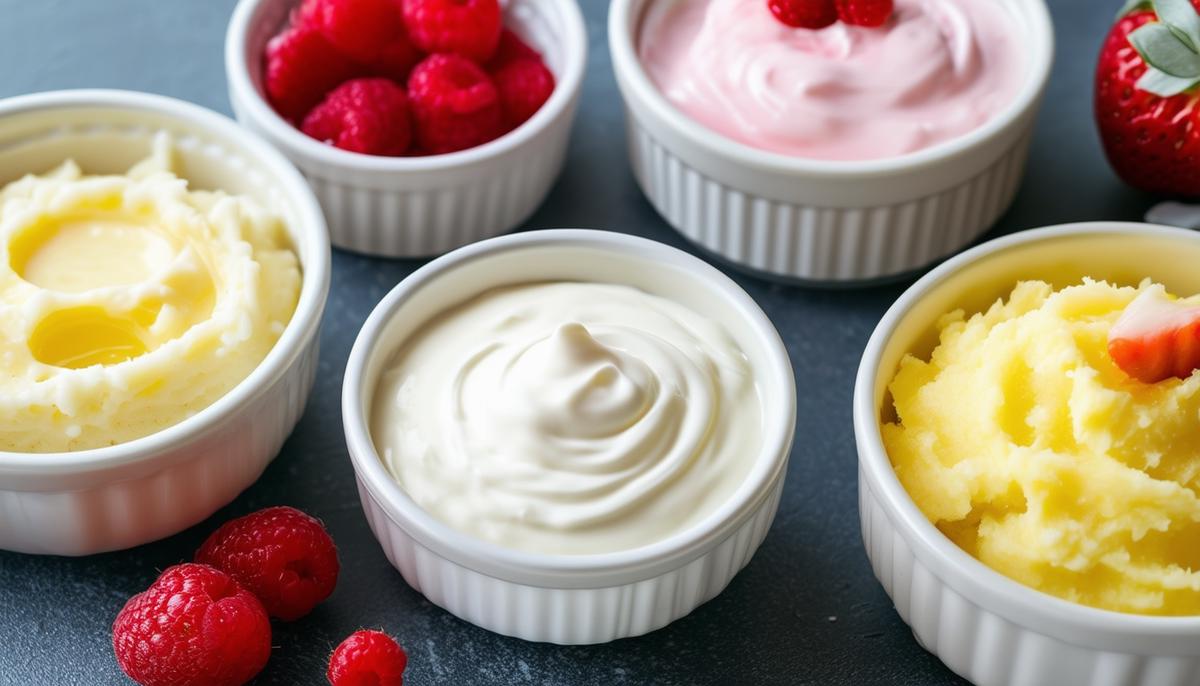Foods for Immediate Post Tooth Extraction
After a tooth extraction, your immediate diet plays a pivotal role in ensuring a smooth recovery process. To avoid irritation and foster quicker healing, focus on suitable soft foods that can nourish without posing a risk during this sensitive time.
Yogurt is a powerhouse of nutrients including protein and calcium, important for repairing tissues and strengthening bones. Choose plain varieties to avoid unnecessary sugars which might aggravate sensitive spots in your mouth.
Pudding provides a smooth texture that is gentle on your mouth. It’s simple to eat and can offer a comforting treat while adding variety to your limited diet without compromising the recovery process.
Mashed potatoes are not only delicious but remarkably soothing. They are easy on your mouth and by avoiding excessive spices or dairy, mashed potatoes can be extremely bland which is perfect for a sensitive oral cavity.
Packing a ton of essential vitamins and minerals, they help supply your body with the needed tools for speedy recovery.
Smooth soups ensure that you stay hydrated while nourishing your body at the easiest digestion level. Opt for broths or blended soups like tomato or pumpkin which can be both refreshing and replenishing. Keeping them lukewarm will prevent discomfort.
While dealing with healing from tooth extraction, avoiding certain foods is essential to a swift recovery. Hard, crunchy, or sticky foods must be strictly avoided as they can disrupt the formation of the blood clot at the extraction site.
Very hot drinks could exacerbate swelling, while sugary or acidic foods could irritate the wound site. Also, remember to skip using straws; the sucking motion could potentially dislodge the blood clot leading to complications such as dry sockets.
Incorporating these food items into your post-extraction diet will smooth your path to recovery by cushioning your mouth from unnecessary irritation while providing valuable nutrients geared toward the facilitation of the healing process.

Nutritional Choices to Enhance Tooth Extraction Healing
Ample protein intake is integral during your recuperation phase following a dental extraction. Foods such as eggs, which are high in protein and vitamins, act as building blocks for tissue recovery and can be prepared in soft formats like scrambled or poached to ensure they are gentle on your healing mouth.
Soft fish such as salmon or trout provide high-quality protein and omega-3 fatty acids, known for their anti-inflammatory properties that can further aid in the healing of delicate tissues within the mouth.
Vitamin C is also critical for optimal healing. This nutrient is vital for collagen formation—a structural protein imperative to the repair of soft tissues. Embracing a diet inclusive of smoothies and fruit purees allows for an enjoyable and effective method to infuse your post-extraction diet with vitamin C.
Berries such as strawberries, blueberries, and raspberries can be whipped into smoothies or pureed into delightful textures and are excellent sources of this essential vitamin and contain antioxidants that help reduce oxidative stress during the body’s healing process.
When choosing your healing foods, remember the technique of how you consume them is just as vital. Using straws might seem innocuous, yet the suction action can pose risks such as dislodging the crucial blood clot at the extraction site.
Engaging in prudent eating habits—not just what you eat but how you eat—plays an indispensable role in safeguarding against complications and enhancing your recovery.
By focusing your dietary habits on these nutritionally rich, soft, and protective foods, your body receives the support to mend effectively. Nurturing yourself with deliberately chosen meals will quicken your recovery period and enrich your overall well-being during a time when your body most needs that additional care.

Navigating Food Textures During Tooth Extraction Recovery
As you heal from tooth extraction, introducing more solid foods into your diet must be thoughtful and gradual to protect the delicate wound site. Start with foods that require minimal chewing effort but still resonate with comfort.
Scrambled eggs can be a nurturing choice, boasting softness and nutritional value without straining your healing tissues. Soft cheeses, which meld beautifully into many dishes, offer a soothing texture along with a good intake of protein and calcium.
Tender cooked pasta allows you to normalize your eating patterns gradually while keeping interactions with the extraction site gentle.
Over time, as your comfort and healing progress, you might incorporate slightly firmer foods such as steamed vegetables like carrots and zucchini, which are easier on the teeth yet still nutritious. The key is to increase the texture very slowly and to continue observing how your body responds to these changes.
If anything feels uncomfortable or causes pain, it would be prudent to step back to softer options and give yourself more time to heal.
- Start with foods that require minimal chewing effort
- Gradually introduce slightly firmer foods as healing progresses
- Observe how your body responds to changes in food texture
- Step back to softer options if discomfort or pain occurs
This approach to transitioning back to your regular diet prevents physical complications like the dislodging of blood clots and reassures you mentally, reducing anxiety about eating and allowing you to enjoy your meals with peace of mind.
Patience becomes your best ally during this journey back to dietary normalcy, enabling a smoother, safer return to the diverse culinary experiences you cherish.

Healthy Eating Post-Tooth Extraction
By carefully handling food textures during your recovery, you ensure that your healing process remains uninterrupted while satisfying your cravings in a sensible and gratifying manner.
This measured restoration of dietary options plays an integral role in not just your physical recovery but also in bolstering your spirits, helping you return to the fulfillment that diverse and enjoyable meals bring to daily life.
- Ghosh A, Dutta S, Dey A, et al. Post-extraction dietary recommendations and its significance in wound healing: a comprehensive review. J Oral Res Rev. 2021;13(1):3-8.
- Bagheri SC, Bell RB, Khan HA. Current Therapy In Oral and Maxillofacial Surgery. St. Louis, Mo.: Elsevier/Saunders; 2012.
- Fitch MI, Maamoun J. Unintentional Weight Loss/Anorexia. In: Yarbro CH, Wujcik D, Gobel BH. Cancer Symptom Management. 4th ed. Burlington, MA: Jones & Bartlett Learning; 2014.








